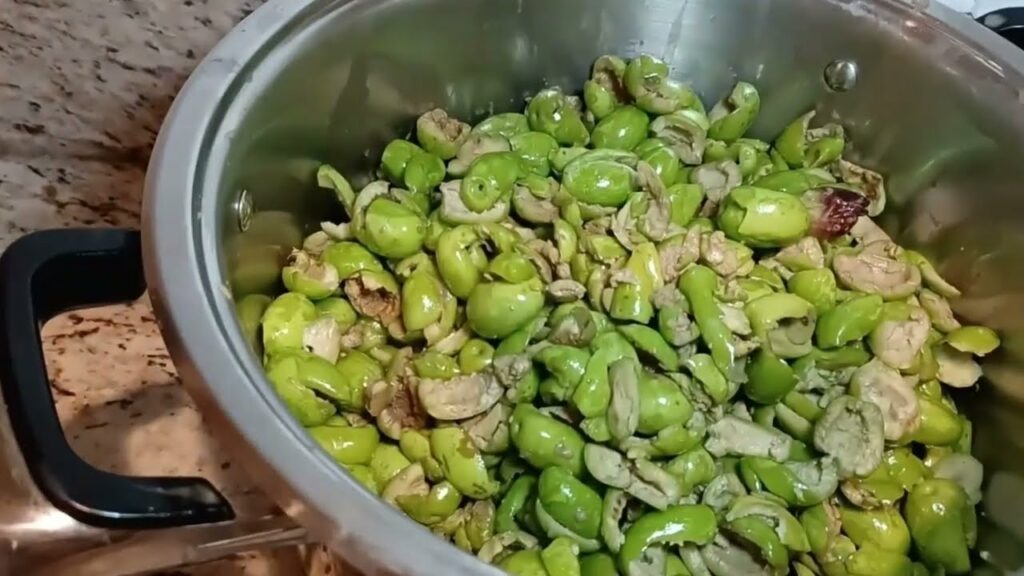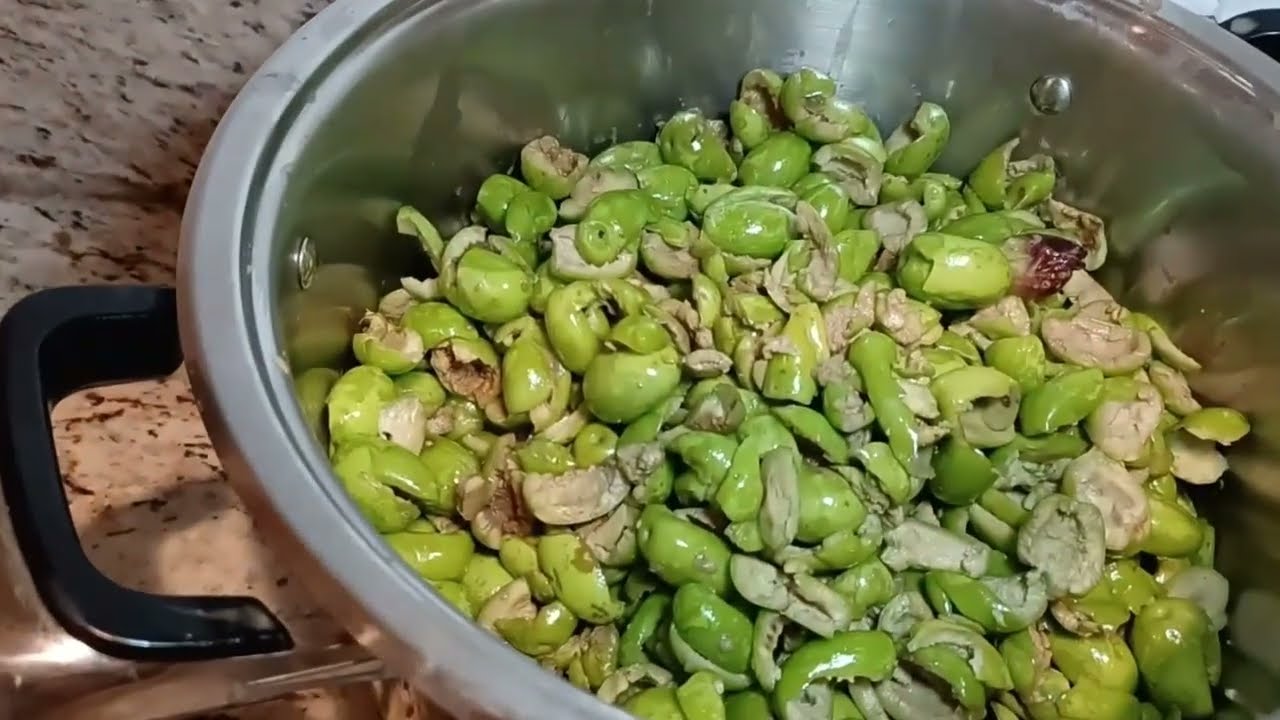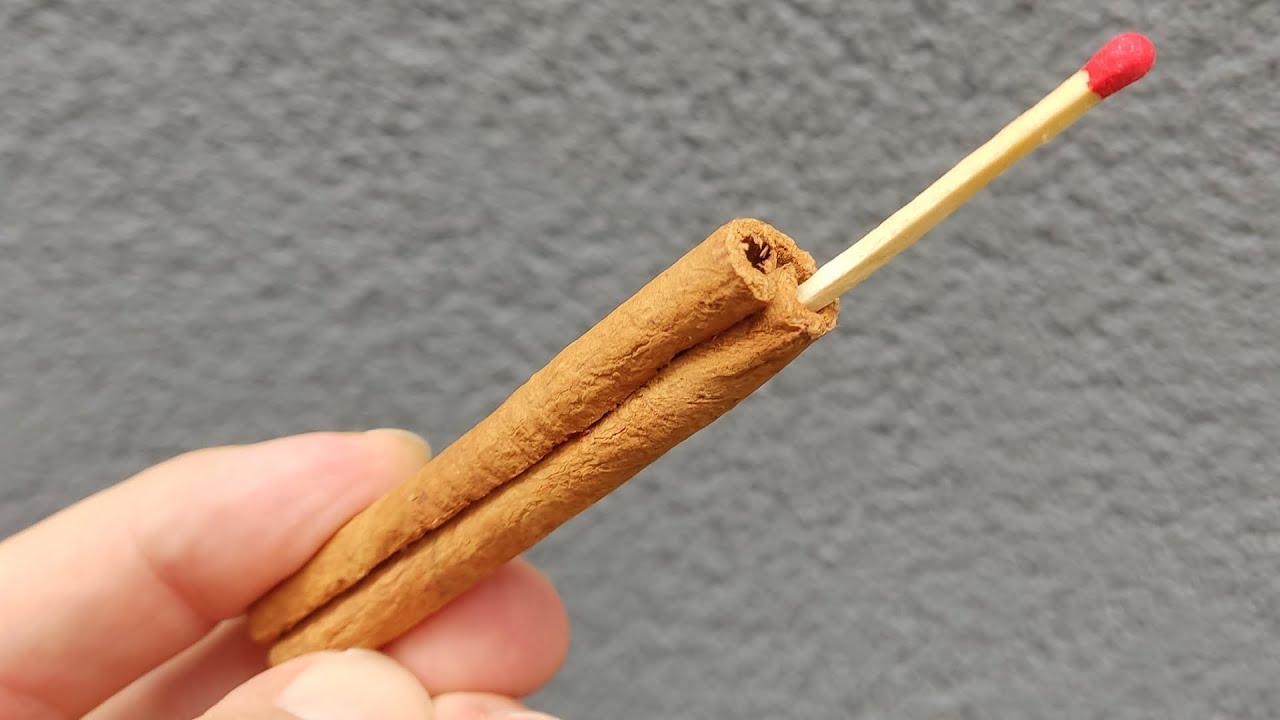
Making olive oil at home is a rewarding and fun process, allowing you to create a fresh, high-quality product from scratch. While it does require some effort, you can produce your own olive oil using a few simple steps. Here’s how you can make homemade olive oil, using fresh olives and a bit of patience.
What You’ll Need:
-
Fresh olives (around 4-5 kg to yield a small amount of oil)
-
A large bowl
-
A blender or food processor
-
A cheesecloth or fine strainer
-
A glass jar or bottle for storing the oil
Steps to Make Olive Oil at Home:
1. Harvest or Buy Fresh Olives
The first step is to get fresh olives. If you don’t have access to olive trees, you can buy fresh olives from a local market or online. Make sure they are ripe—ripe olives yield more oil.
2. Clean the Olives
Rinse the olives thoroughly to remove any dirt, pesticides, or debris. It’s essential to start with clean, fresh olives to ensure the best quality oil.
3. Crush the Olives
Once the olives are clean, it’s time to crush them. Use a blender or food processor to grind the olives, including the pits, into a thick paste. You want to break down the flesh and release the oil. This mixture is known as “mash.”
4. Press the Olive Paste
After creating the paste, you’ll need to extract the oil. Place the olive paste in a clean bowl. You can either press it manually by hand or use a cheesecloth to squeeze the oil from the pulp. Wrap the paste in the cheesecloth and squeeze it tightly to release the oil and juice mixture.
5. Separate the Oil from the Water
Once you’ve collected the olive juice and oil, allow it to sit for a couple of hours. During this time, the water will naturally separate from the oil. The oil will rise to the top, and the water will sink to the bottom.
6. Collect the Oil
Carefully skim the oil from the top using a spoon or ladle. Transfer it into a clean glass jar or bottle. Be sure to avoid mixing in any of the water at the bottom.
7. Store Your Olive Oil
Store the freshly made olive oil in a cool, dark place. Homemade olive oil won’t last as long as commercial varieties since it doesn’t contain preservatives, so use it within a few weeks for the best flavor and quality.
Tips for the Best Olive Oil:
-
Choose the right olives: The type of olive you use will affect the flavor of the oil. Green olives typically produce a more bitter oil, while riper black olives give a smoother, more buttery flavor.
-
Use fresh olives: The fresher the olives, the higher the quality of the oil. Try to use them within a few days of harvesting.
-
Be patient: Extracting olive oil at home takes time and effort, but the result is a delicious, fresh, and healthy olive oil.
Conclusion: A Fun and Rewarding Process
Making olive oil at home is a unique way to enjoy fresh, healthy oil that you can use for cooking, drizzling, or even skincare. While it might not be as efficient as industrial production, it’s a rewarding way to create your own natural olive oil right in your kitchen!





